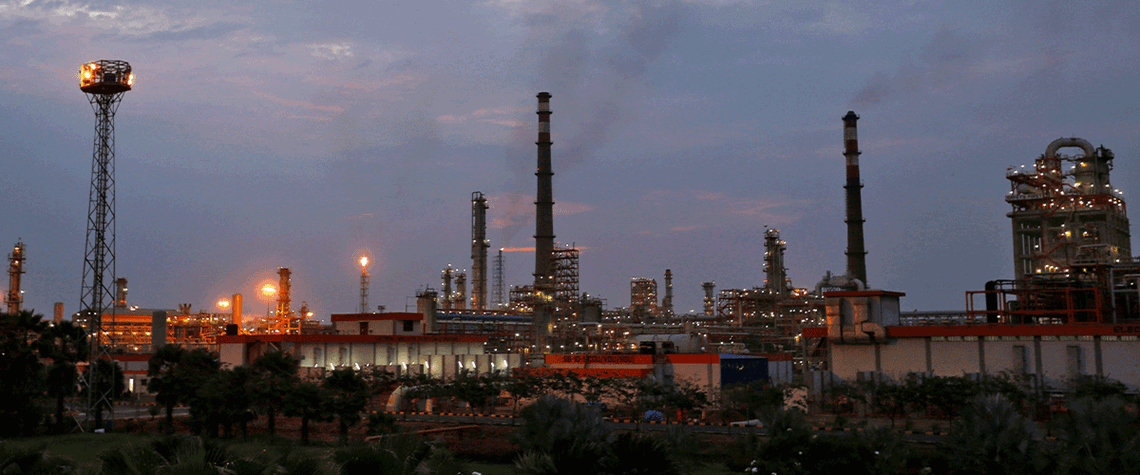India sees crucial role for oil as it eyes investment
Director general of Fipi oil and gas industry body optimistic on E&P success and foresees a doubling of refining capacity over next ten years
The Federation of Indian Petroleum Industry (Fipi) represents India’s oil and gas companies—including the state-owned giants that dominate the sector—in talks with the government and regulators. Fipi director general Gurmeet Singh spoke to Petroleum Economist about the outlook for India’s upstream and downstream. Gurmeet Singh, Fipi director general How do you see India’s upstream industry progressing? Singh: India's upstream is expected to develop in the coming years, as the country seeks to reduce its dependence on imports and increase its domestic production of oil and gas. India's upstream sector is primarily focused on meeting do

Also in this section
21 August 2025
The administration has once more reduced its short-term gas price forecasts, but the expectation remains the market will tighten over the coming year, on the back of
19 August 2025
ExxonMobil’s MOU with SOCAR, unveiled in Washington alongside the peace agreement with Armenia, highlights how the Karabakh net-zero zone is part of a wider strategic realignment
19 August 2025
OPEC and the IEA have very different views on where the oil market is headed, leaving analysts wondering which way to jump
15 August 2025
US secondary sanctions are forcing a rapid reassessment of crude buying patterns in Asia, and the implications could reshape pricing, freight and supply balances worldwide. With India holding the key to two-thirds of Russian seaborne exports, the stakes could not be higher








